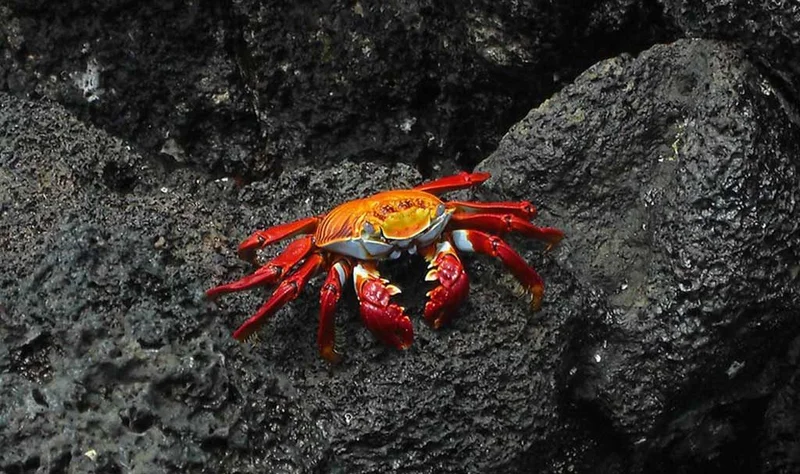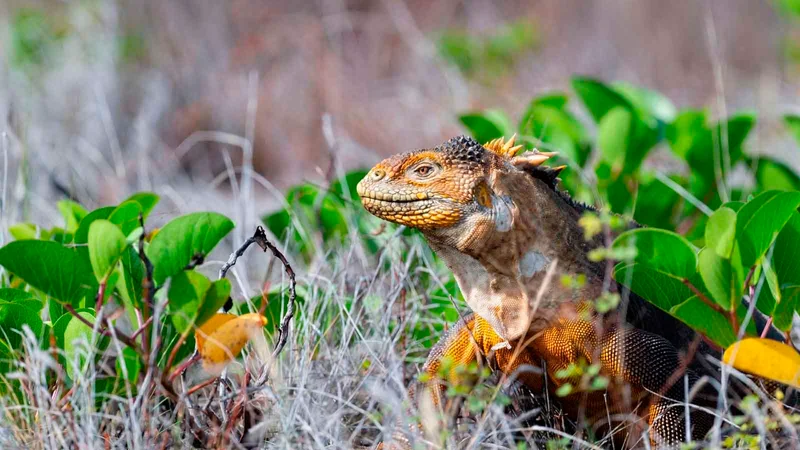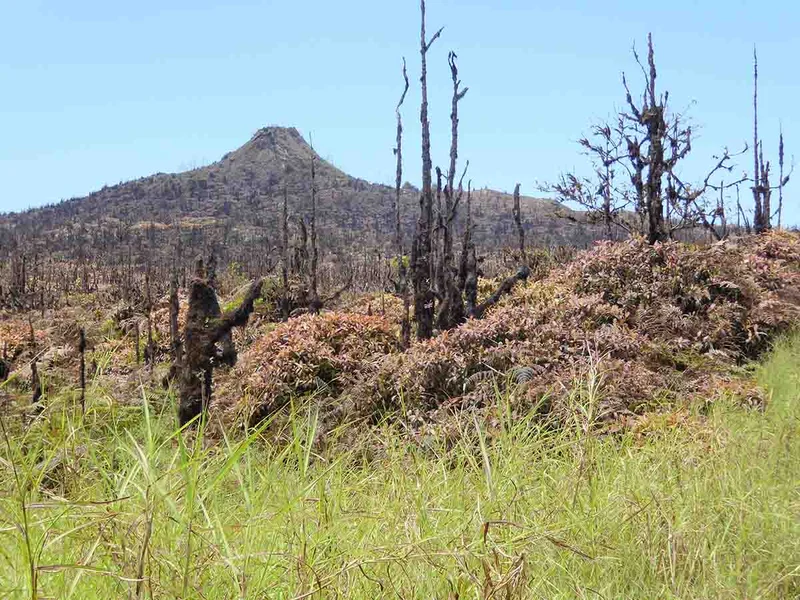
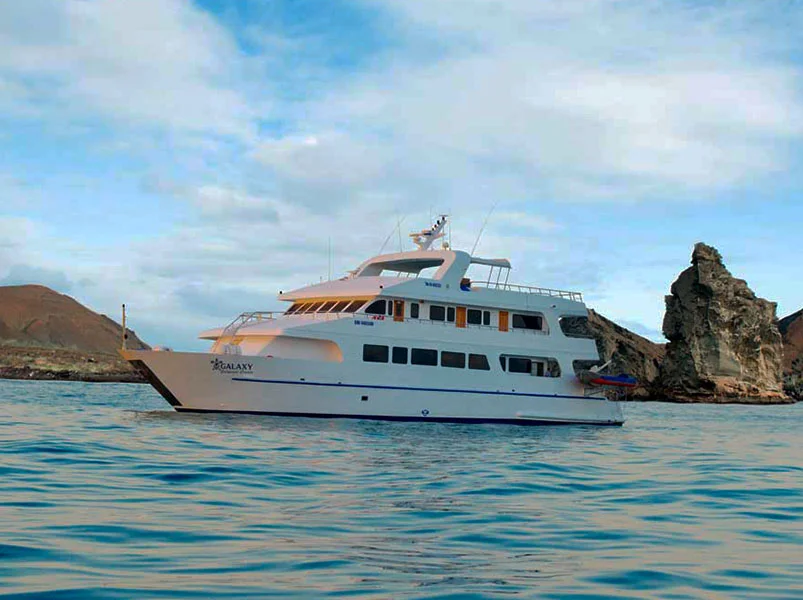
6 Day Galapagos Itinerary
Day 1: Baltra Island & Santa Cruz Island: Black Turtle Cove
Arrive to Baltra Island and transfer in Santa Cruz, welcome on board.
Santa Cruz Island: Black Turtle Cove
After lunch our first visit is to Black Turtle Cove which is situated in the northern of Santa Cruz. This bay is surrounded by mangroves and is accessible by dinghy only. The superficial cove is a safe refuge for marine life. Black-tip reef sharks, marine turtles, and a variety of rays are often spotted here.
Day 2: Rabida Island & Chinese Hat Islet
Rabida Island
The visitor site is located on the east coast of Rabida Island, consists of a red sand beach, a coastal lagoon behind the beach, and a loop trail. The approximate distance of the trail is 1.1 kilometers.
The color of the rocks and sand on the beach is due to the very porous volcanic material, which with the help of environmental factors (rain, salt water and sea breeze, has acted as an oxidizing agent. The main attraction of the place is the red sand beach, scenery, aside from the vegetation of the arid zone and the presence of native and endemic species.
Chinese Hat Islet
A small islet located near the south-east coast of Santiago. It’s shaped like a Chinese hat when seen from afar. It is an island consisting of a cone type “Splatter” (lava ejected as drops and falls close to where it came from, which forms a cone inclined) that forms the summit and many lava tubes that go down to the coast. On the west you can see pillow-type lava formations, which are an indicator that the flows were formed under the sea and have been raised upward, which is why coral heads are found on the lava. This visit provides an excellent opportunity for the interpretation of geological features such as lava tubes and lava flows. The trail is 700 m (round trip) and the minimum time it takes this trek is half an hour.
Day 3: North Seymour Island & Mosquera Islet
North Seymour Island
This Island was formed by the lifting of volcanic marine lava. Marine fossil where found in this island; the fossil dates from Pleistocene. In 1932 the Capitan Alan Hancock and his crew took 72 land iguanas from Baltra Island and the iguanas were introduced in North Seymour Island; the reason of this change was that the iguanas could live in better conditions than in Baltra. The crew of Capitan Hancock found malnourished iguanas in Baltra; in 1934 colonizing people verified that the iguanas were in good conditions. The vegetation of North Seymour is bushy and host nest of Real Frigates of Galapagos. Return to Galaxy. Lunch
Mosquera Islet
This islet is located between Baltra Island and North Seymour. Here, we find the biggest sea lions colony; also it is possible to observe several species of birds. Enjoy of its white sand beach. Hiking.
Day 4: Santiago Island: Sullivan Bay & Bartolome Island
Sullivan Bay
Wet landing and hiking. Description of the place: all the road and the island is composed of lava flows that still they are virtually without eroding and they cover an extensive area, lava pohoehhoe or of cords, hornitos, mollugo, this plant grows in the lava. Lava Colonizers. Snacks and refreshing beverages expect for you.
Bartolome Island
Dry landing, landing wet for the beach, activities to carry out in this island: walk, swimming, snorkeling, and photography. We will walk for a path to the top (114 m) pioneering plants that will observe in this place TIQUILIA, CHAMAESYCE, SCALESIA, the island is formed by cones, pipes of lava by where lava flow. Wet landing, path to the south beach through mangrove swamps and vegetation of dunes. North beach: Swimming and snorkeling will be the activities that are going to carry out. Since the top of the island Bartolome we will be able to observe the islands as Santiago, Rabida, Isabela. We can find penguins in the Rock Pinnacle.
Day 5: Genovesa Island: El Barranco & Darwin Bay
El Barranco
Dry landing, activities: hiking. Also known as Prince Felipe’s stairs. Here, we will have a walk for the Barranco path .In our journey we will observe tropical birds, petrels, common frigate, red-foot boobies, mask boobies, dove, and finches. Return to Galaxy. Lunch
Darwin Bay
Wet landing, coral beach, activities for this day: short walks, photography, swimming, snorkeling. The Genovesa is a small island situated to the north of Galapagos our unloading in Darwin bay will be wet. Near to the beach we will find a small forest of mangrove swamp where we will discover a colony of Frigates, marine iguanas, red-foot boobies and mask boobies, the great terrestrial finch, seagull, herons, finch of cactus. After this visit in land, we have the option that our passengers enjoy swimming in the bay. Snacks and refreshing beverages expecting for you.
Day 6: San Cristobal Island: Interpretation Center & Transfer out
The most modern and sophisticated architectural space destined for the natural interpretation of Galapagos, where you can know from the volcanic formation of the islands, the evolution of the species, passing for the history of the human settlements to come to understand to its complex systems and model of management. Transfer out.
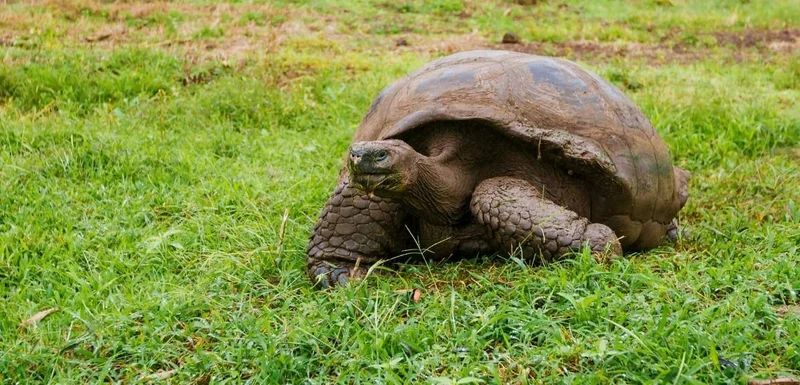
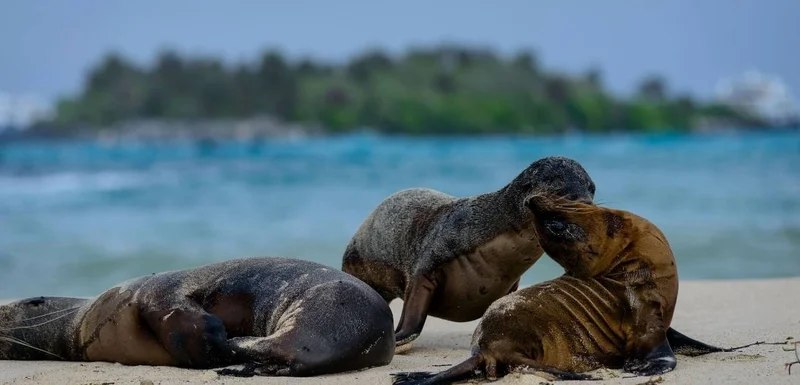
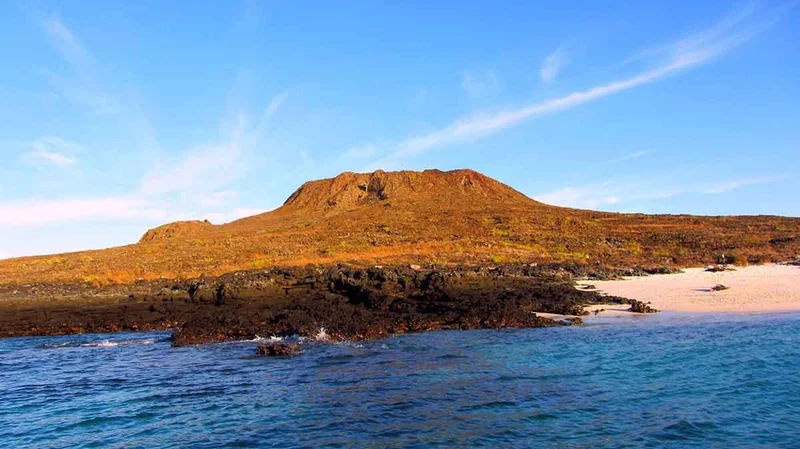
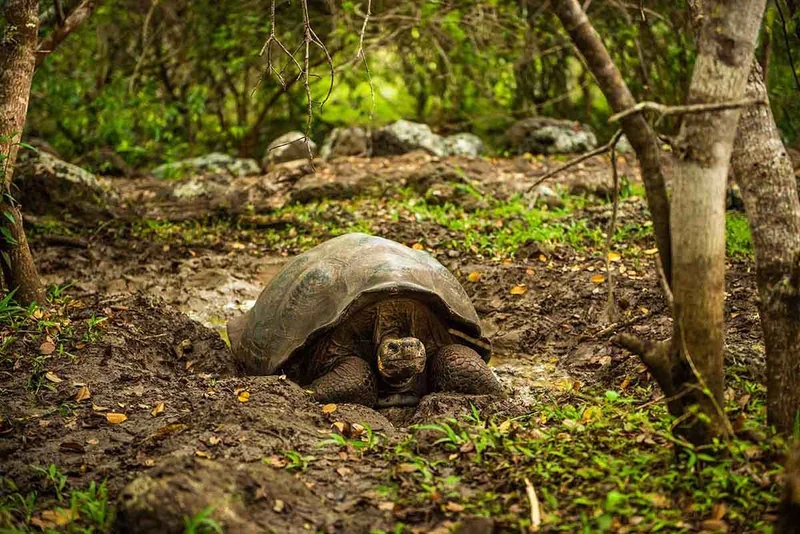
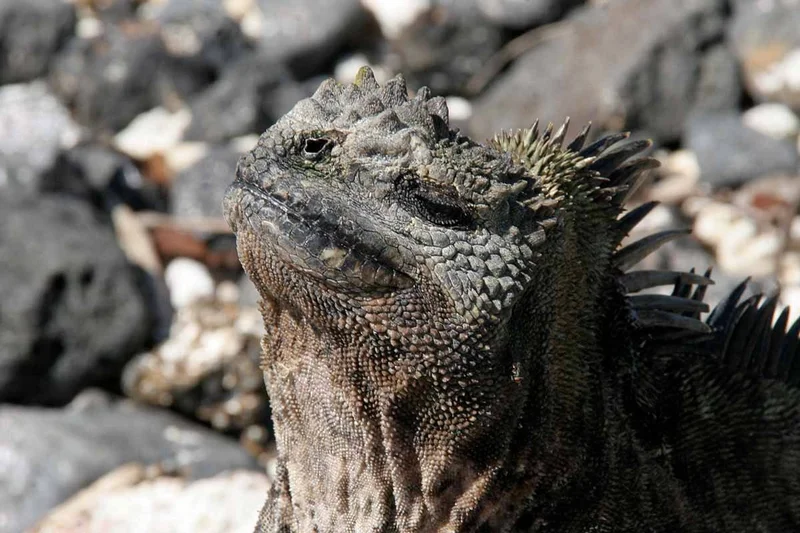
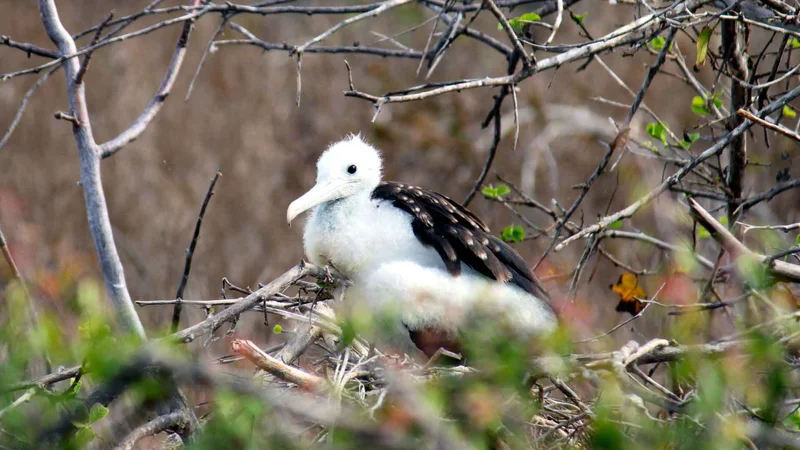
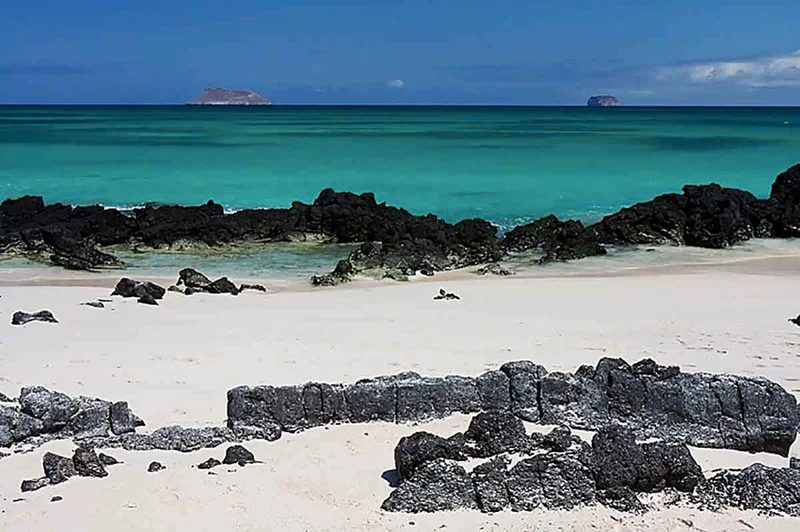
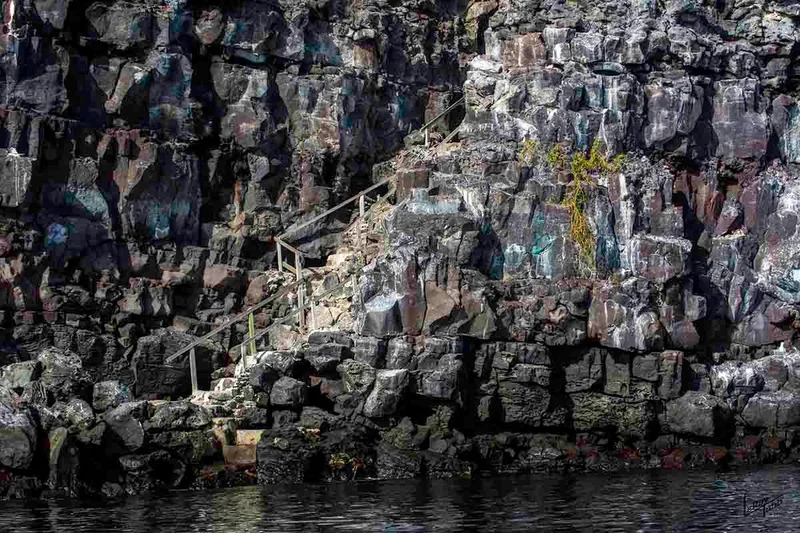
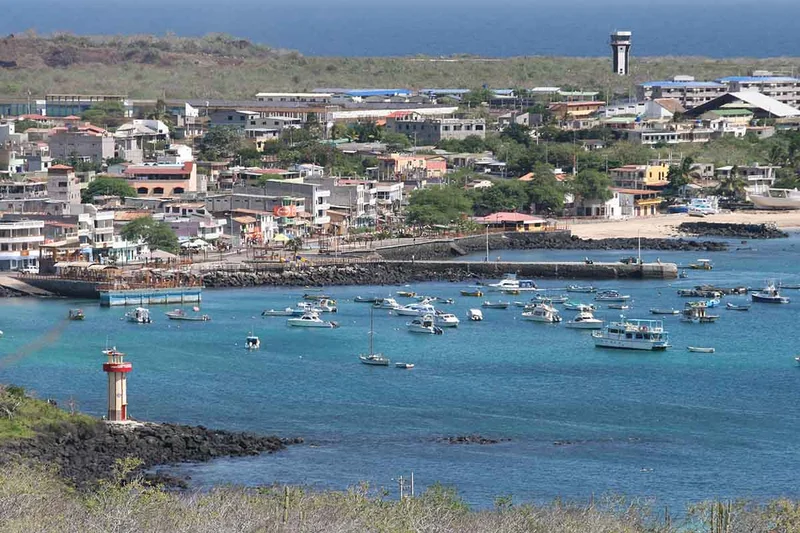
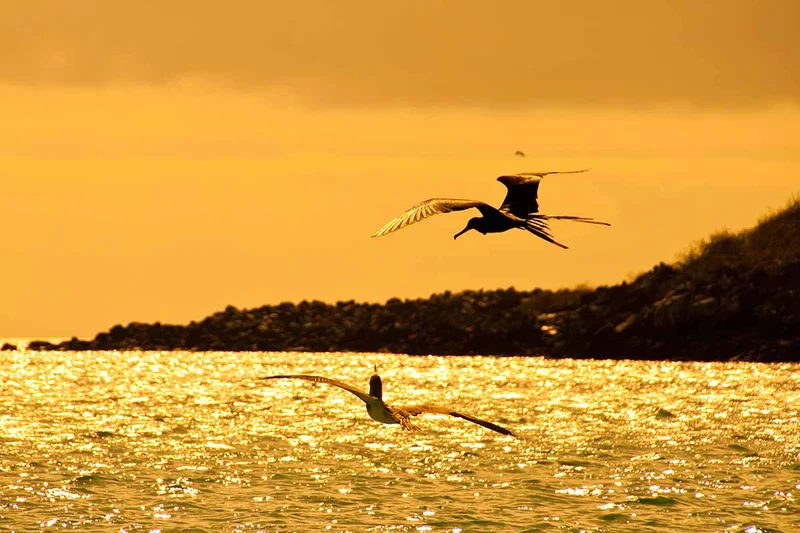
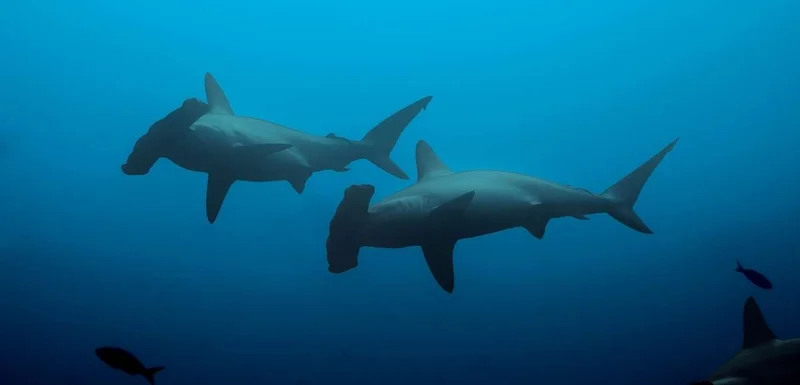
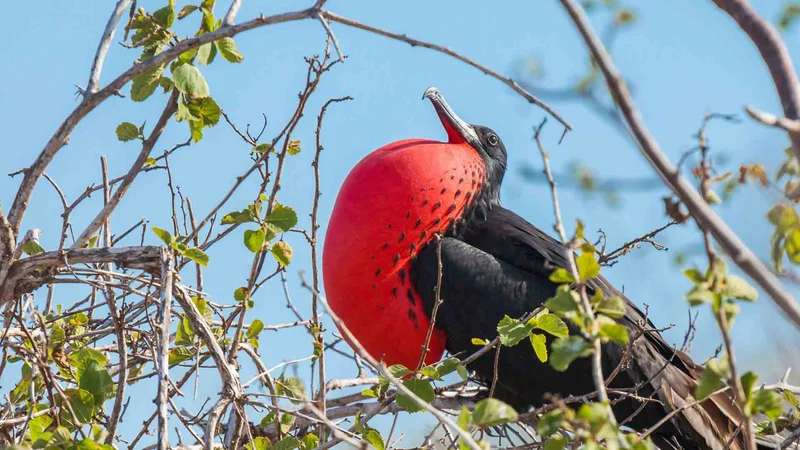
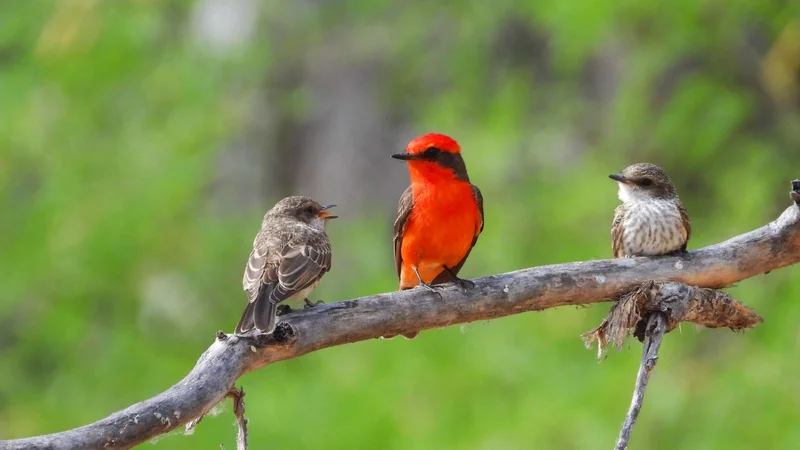
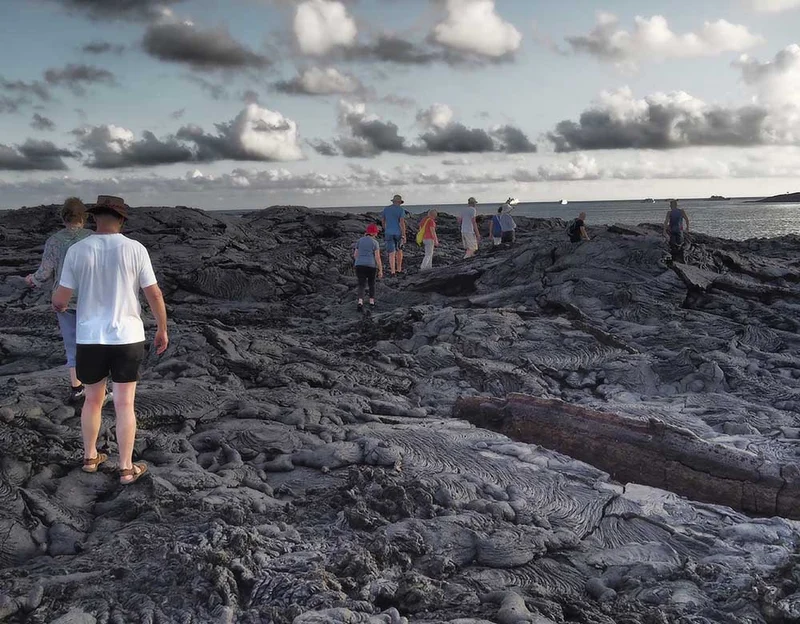
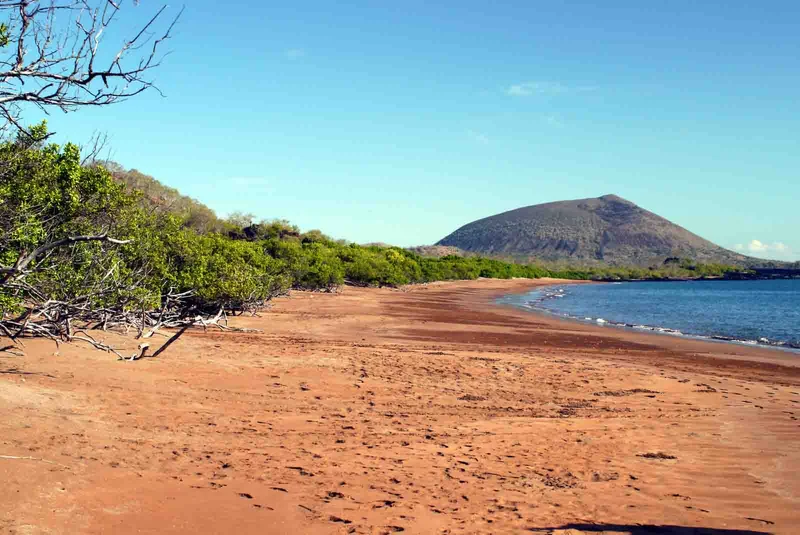
6 Day Galapagos Itinerary Includes
- Airport assistance
- Transfers in Galapagos
- Accommodation in double cabin
- All meals during the cruise
- Naturalist Bilingual Guide
- All visits and excursions according to the itinerary
- Snorkel Gear (mask, tube and fins)
- Kayaks, paddle boards
- Unlimited purified water, coffee and tea
- Wetsuits, soft drinks, beach towels
6 Day Galapagos Itinerary Does not Include
- Local flight to/from Galapagos
- Galapagos National Park Entrance fee
- Galapagos Transit card
- Alcoholic drinks
- Tips
- Local Taxes
- Travel Insurance
- Service do not specified
6 Day Galapagos Itinerary Highlights
- Visit the remote Genovesa island in the northern side of Galapagos, walk to the cliff called "El Barranco" and watch thousands of sea birds circle above
- Observe the red vessuvium flowers constrast with lava flows and the turqoise waters that surround Chinese hat island
- Take a zodiac ride around the famous Pinnacle rock at Bartolome for a chance to spot equatorial penguins
- Swim and snorkel with sea lions, turtles and manta rays
- Walk on a red volcanic sand beach at Rabilda island
Itinerary Map
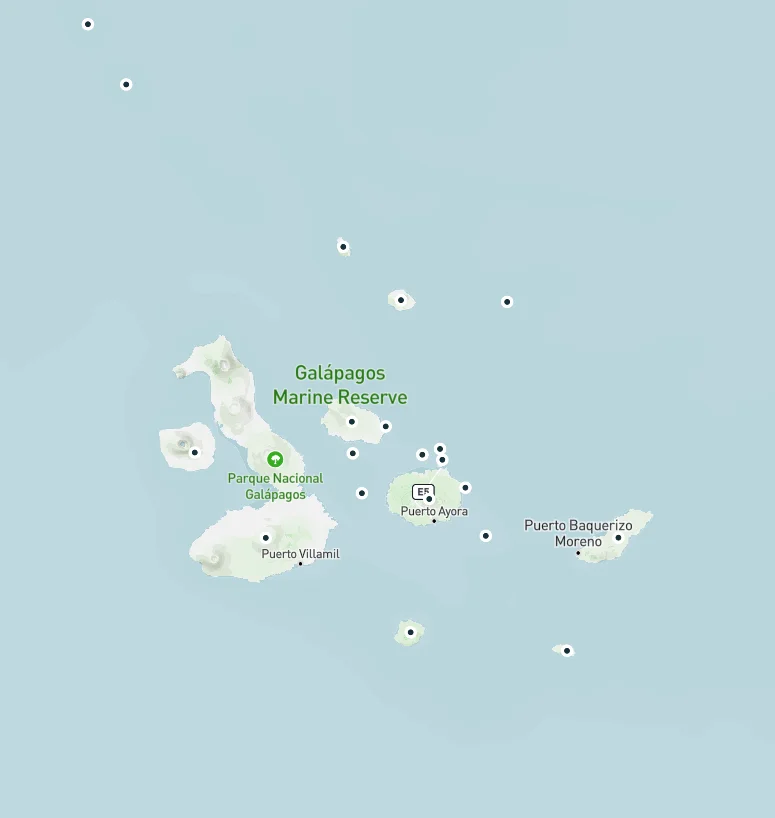
Dates & Promotions
Dates |
|---|
No data |
Reviews
Animals you might see on this itinerary:
More information about the Galapagos Islands you visit in this 6 day itinerary:
The Feathers and Flights Journey - Galaxy Yacht
Why travel with us?
Similar Itineraries
